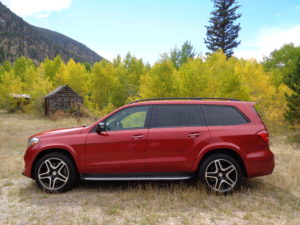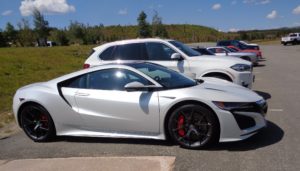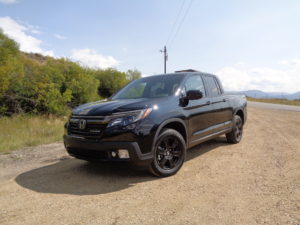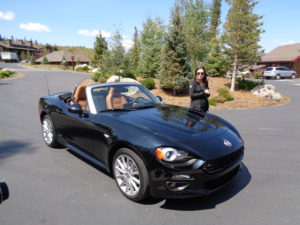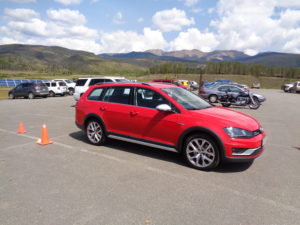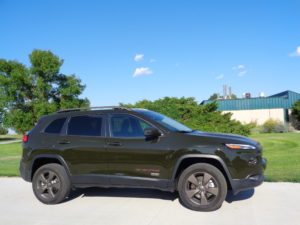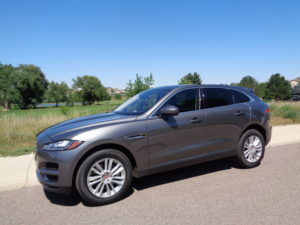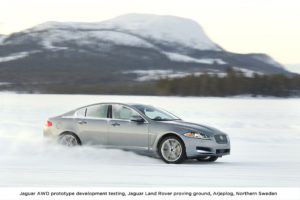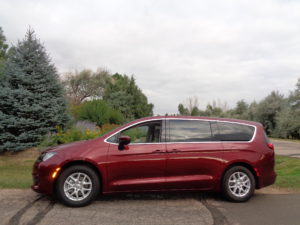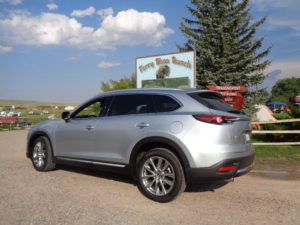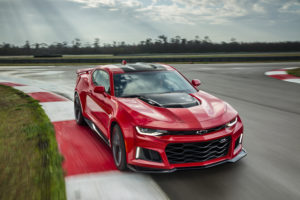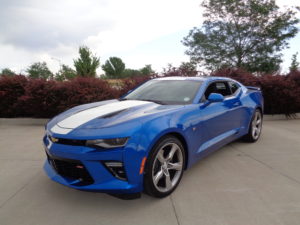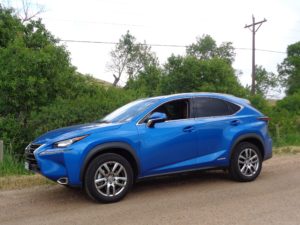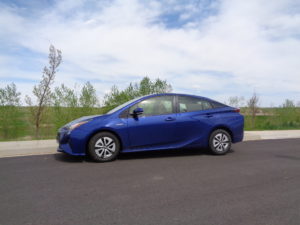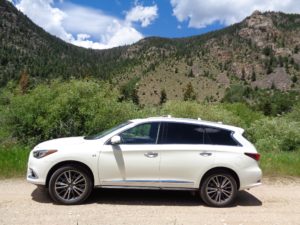
Only a year deep into its presence among the subcompact crossover market, the 2017 Mazda CX-3 is carving out a more sizable chunk of business in the growing category.
Sales for subcompact crossovers are hot, increasing nearly 40 percent thus far this year over last.
Some call the CX-3 the brightest of the bunch in the glowing market; others insist Mazda must, in order to gain that rating, add a turbocharger beneath its hood.
The CX-3 isn’t as tough-looking as the Jeep Renegade and perhaps not as good-looking as the Honda HR-V.
It’s stylish, though, in its own right; from a blunt-nose front, the CX-3’s lines flow smoothly all the way back to sweeping taillights and dual exhausts. “Sinewy” is the word used by Mazda to describe its exterior design. It rivals, at least to a degree, the Honda as “best looking.”
If its style doesn’t grab you, its lustre may. The review model I drove was finished in bright dynamic blue mica.
Others in the subcompact field, besides Mazda, Jeep and Honda, are Buick Encore, Chevrolet Trax, Fiat 500X, Mini Cooper Countryman, Mitsubishi Outlander Sport, Nissan Juke and Subaru Crosstrek.
Though of somewhat sluggish performance on occasion, the CX-3 Grand Touring edition I drove was impressive in handling, with excellent balance, and high in fuel mileage. Its EPA fuel estimate is 27/32 and it averaged 29.3 mpg for my travels. Fuel-tank capacity is only 11.9 gallons.
The CX-3’s SkyActiv 2.0-liter, 4-cylinder engine is of 146 horsepower and torque and is mated to a 6-speed automatic transmission. It is built in Hiroshima, Japan. Power is modest, though the use of Sport mode and paddle shifters provide a bit of a boost and quickness in performance. Low-end performance is more than adequate; midrange is only average.
Suspension consists of front struts and rear multilink. The Mazda rides on Yokohama P215/50R18 tires. Its turning circle is slightly over 34 feet.
Enhancing a busy, colorful interior is a padded white leather strip across the front of the dash, somewhat similar to that of the Toyota RAV4. The seats are well-cushioned; contrasting their perforated white leather are black suede inserts and red stitching. Doors and console finished in black are trimmed with red leather. Rear seats are limited in legroom, though headroom is plenty.
There are two misplaced cupholders, one behind the other beneath the front-seat armrest at the rear of the center console. To access the cupholders, the armrest must be raised to an unusable straight-up position. Door pockets can be used to hold some drinks.
The Mazda falls short of others in cargo space, only 10.1 cubic feet behind the second row of seats. That increases to 42.3 feet with the second row folded.
A sticker price of $28,510 seemed reasonable for the CX-3. Included was an ActivSense package of radar cruise control, smart brake support, variable rain-sensing wipers, lane-departure warning, blind-spot monitoring and high-beam control. Also included were navigation and Bose audio, rearview camera, moonroof, heated front seats and automatic climate control.
Sticker prices on other subcompact crossovers I’ve driven have ranged from: $25,230 for a Chevrolet Trax and $25,300 for a Fiat 500X, both front-wheel-drive models, and $26,140 for a Subaru Crosstrek AWD to $30,075 for a Jeep Renegade Trailhawk AWD and $32,230 for a Buick Encore AWD.
So the Mazda CX-3’s $28.5K price falls right in the middle. It is the smallest of all the competitors, weighing in at 2,960 pounds, with wheelbase of 101.2 inches, overall length 168.3, width 69.6 and it stands 60.9 inches tall.
